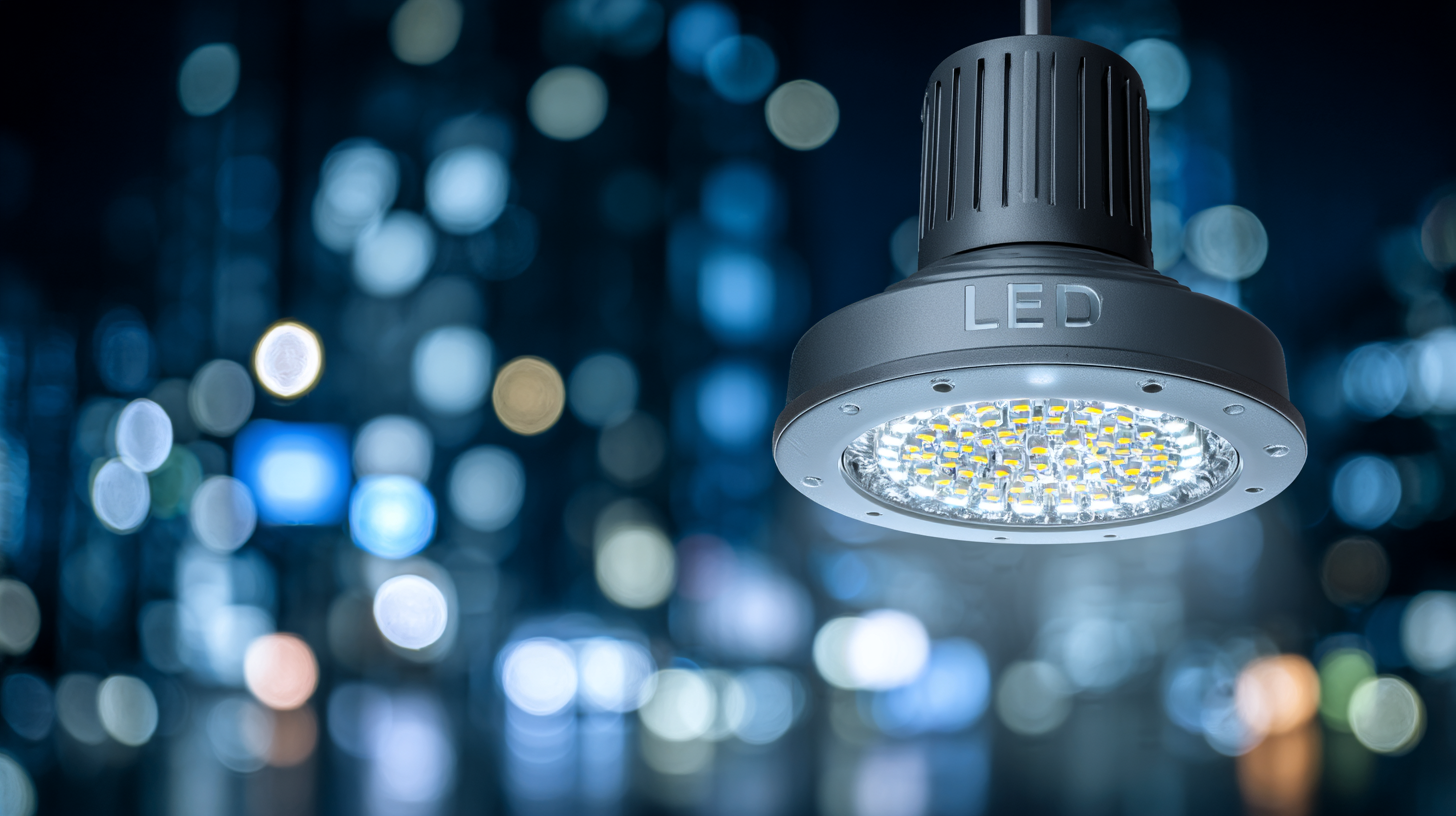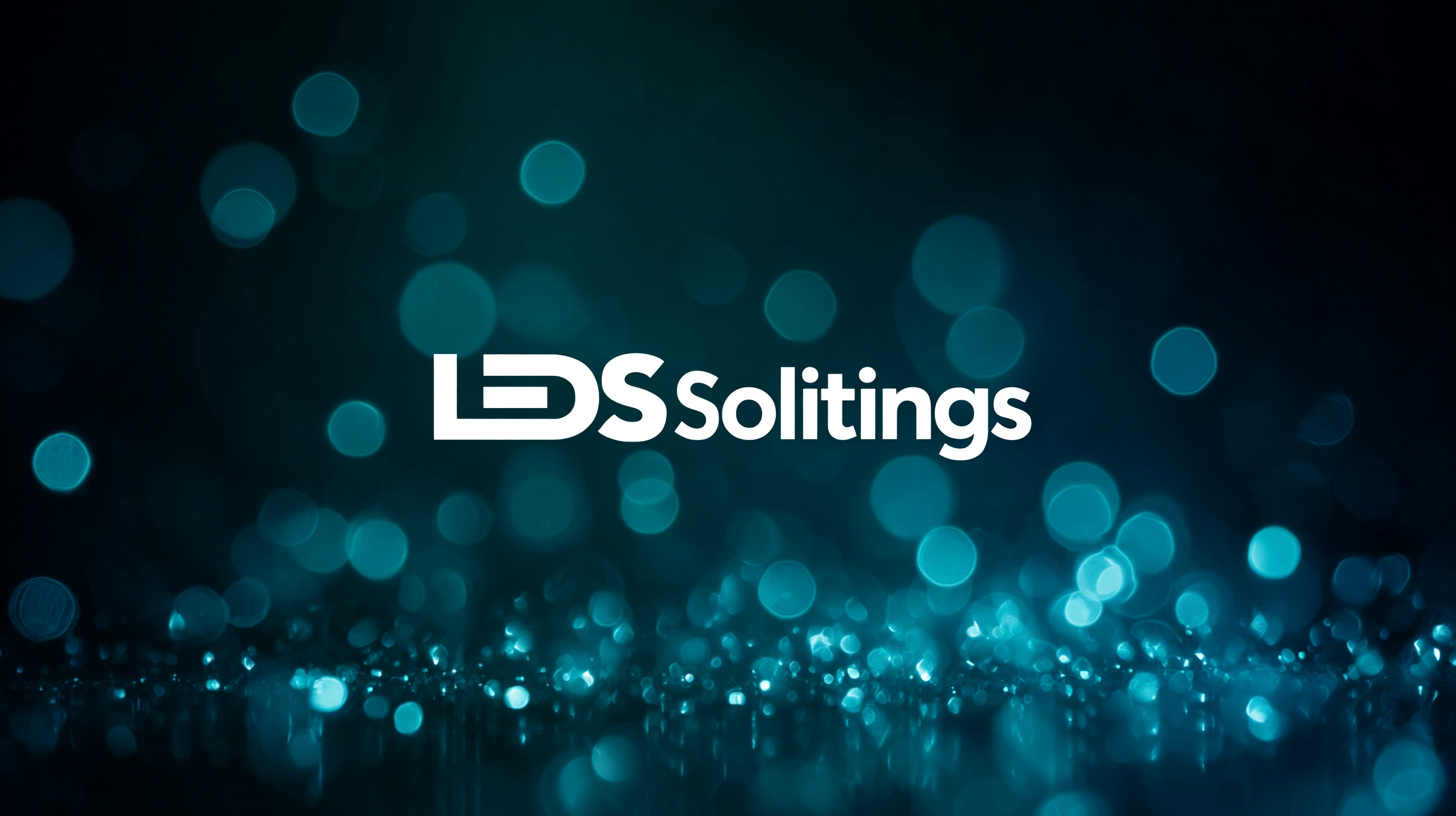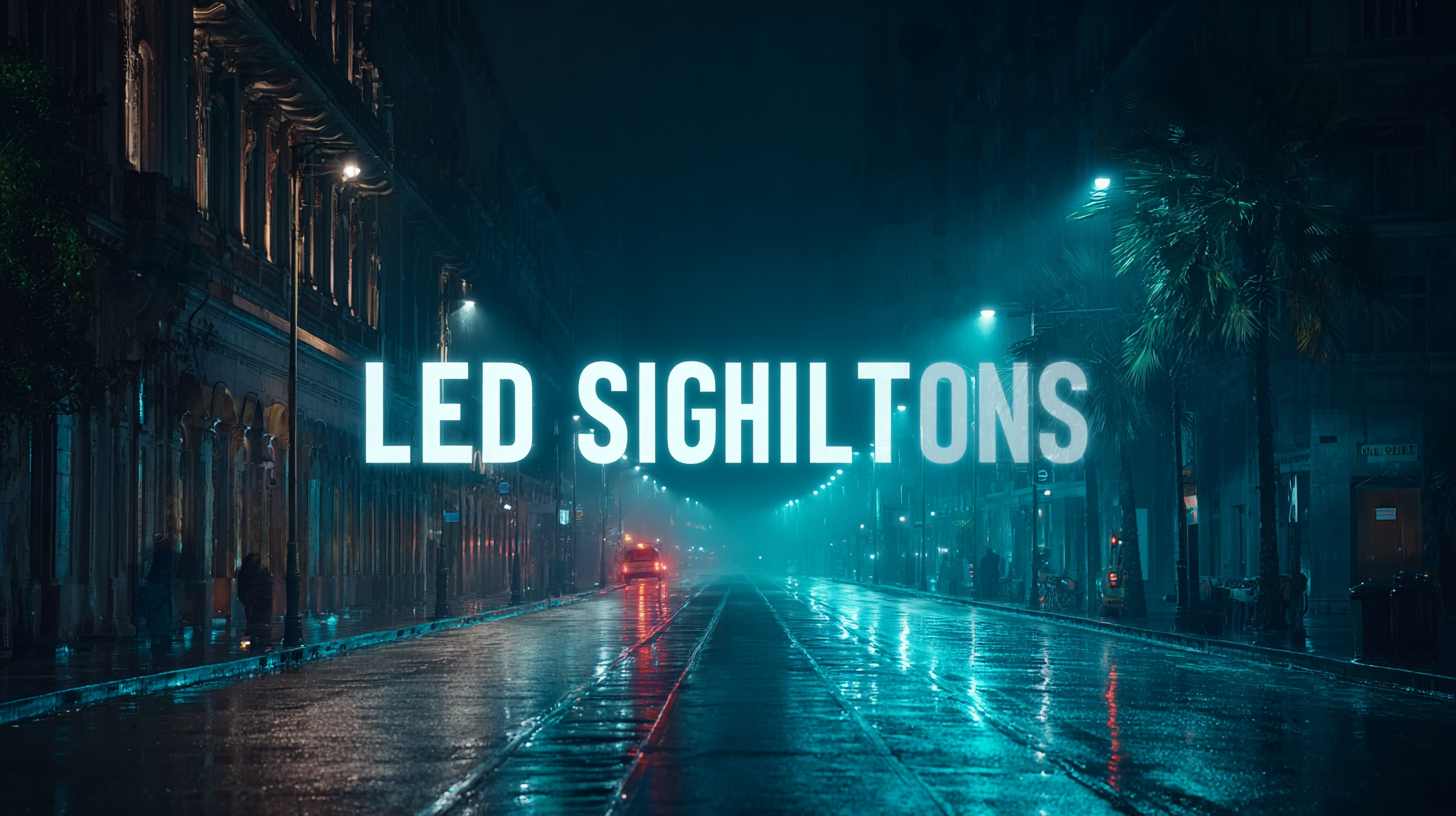
Unlocking Efficiency: The Transformative Benefits of Best LED Lighting Solutions for Global Buyers
In today's fast-paced world, efficiency is key to staying ahead, and one of the most impactful ways to enhance productivity is through the adoption of advanced LED lighting solutions. These innovative lighting systems not only provide superior illumination but also offer significant energy savings, making them an ideal choice for global buyers seeking to optimize their operations. This blog delves into the transformative benefits of LED lighting solutions, exploring their role in reducing operational costs, improving workplace environments, and minimizing environmental impact. As we unlock the potential of these cutting-edge technologies, we will provide practical insights and a tutorial on how businesses can seamlessly integrate LED lighting into their existing infrastructure, paving the way for a brighter, more efficient future. Join us as we illuminate the path toward achieving higher levels of efficiency and sustainability with the right lighting choices.

Exploring the Evolution of LED Technology for Global Markets
The evolution of LED technology has significantly impacted global markets, offering enhanced efficiency and sustainability. Initially, LED lights were limited in brightness and color range, making them a niche product. However, advancements have led to the development of high-output LEDs capable of illuminating vast spaces while consuming minimal energy. This transformation has attracted attention from buyers worldwide, as companies seek to reduce operational costs and environmental footprints.
Tip: When selecting LED lighting solutions, consider the color temperature that best suits your application. Warm white (2700K-3000K) creates a cozy atmosphere, ideal for residential settings, while cool white (4000K-5000K) is perfect for commercial areas needing brighter, more invigorating light.
Furthermore, the integration of smart technology in LED lighting has revolutionized how buyers interact with their lighting systems. Features like dimming, color changing, and remote control through mobile applications offer unprecedented customization. As markets continue to embrace smarter solutions, global buyers are encouraged to explore options that enhance energy efficiency while providing greater control.
Tip: Look for LED products that are compatible with smart home systems. This not only provides convenience but also allows for energy monitoring, leading to further savings on electricity bills.

Cost Savings and Energy Efficiency: The Key Benefits of LED Lighting
The shift towards LED lighting has become a hallmark of modern energy management, primarily due to its remarkable cost savings and energy efficiency. According to a report by the U.S. Department of Energy, LED lighting can provide up to 75% energy savings compared to traditional incandescent bulbs. This significant reduction not only lowers electricity bills but also diminishes the overall carbon footprint, making it an essential choice for eco-conscious consumers and businesses alike.

Moreover, the lifespan of LED bulbs greatly contributes to cost-effectiveness. Research from the Lighting Research Center reveals that an LED bulb can last up to 25 times longer than an incandescent bulb, translating to fewer replacements and reduced maintenance costs over time. For global buyers, the initial investment in LED technology is quickly offset by these ongoing savings, creating a compelling case for the transition to LED solutions. As more industries adopt these advanced lighting technologies, the collective impact on energy consumption and operational expenditures is poised to be strikingly positive.
Enhancing Product Visibility: How LED Lighting Boosts Retail Sales
Effective product visibility is crucial in the retail industry, and LED lighting solutions have emerged as a game-changer in enhancing this visibility. Unlike traditional lighting, LED lights provide brighter and more focused illumination, which draws the customer's attention to products, making them more appealing. Retailers that strategically use LED lighting can create inviting atmospheres that not only highlight merchandise but also enhance the overall shopping experience. Specific lighting arrangements can accentuate colors and details, making products stand out and ultimately influencing customer purchasing decisions.
Moreover, LED lighting is not just about brilliance; it's also about efficiency. Designed to consume less energy than conventional lighting options, LED fixtures reduce operational costs while maintaining optimal brightness. This cost-effectiveness allows retailers to allocate resources to other marketing strategies, further boosting sales. As consumers are increasingly drawn towards sustainable and environmentally friendly practices, implementing LED lighting aligns with these values, enhancing a brand's image and attracting a more conscious customer base. Ultimately, the right LED lighting strategy can significantly elevate product visibility, leading to increased retail sales and customer satisfaction.
Unlocking Efficiency: The Transformative Benefits of Best LED Lighting Solutions for Global Buyers
| Product Category | LED Lighting Type | Average Energy Savings (%) | Impact on Sales (%) | Product Visibility Improvement (%) |
|---|---|---|---|---|
| Retail Lighting | LED Spotlights | 30% | 15% | 20% |
| Showroom Lighting | LED Track Lights | 25% | 20% | 25% |
| Grocery Store Lighting | LED Panel Lights | 40% | 10% | 15% |
| Home Décor | LED Strip Lights | 35% | 12% | 18% |
| Office Lighting | LED Ceiling Lights | 28% | 8% | 10% |
Sustainable Practices: The Environmental Impact of LED Solutions
The rise of LED lighting solutions represents a significant step forward in sustainable practices, fundamentally altering the landscape of energy consumption. Unlike traditional incandescent bulbs that waste a substantial portion of energy as heat, LED lights are designed to convert a higher percentage of energy into visible light, thereby significantly reducing electricity requirements. This efficiency not only leads to lower utility bills for consumers but also decreases the demand on power plants, ultimately contributing to a reduction in greenhouse gas emissions. As global buyers increasingly prioritize environmentally friendly options, LED technology emerges as a vital tool in combating climate change.
Moreover, the longevity of LED lighting further enhances its environmental benefits. With lifespans that can exceed 25,000 hours, these solutions minimize the frequency of replacements, thus reducing waste generated from discarded bulbs. This durability means fewer resources are consumed in manufacturing, transporting, and disposing of lighting products. By choosing LED solutions, consumers are not just enhancing their energy efficiency; they are also embracing a sustainable lifestyle. As awareness of environmental issues grows, the shift towards LED lighting highlights a collective commitment to adopting practices that honor and protect our planet for future generations.
Navigating the Future: Innovations Shaping LED Lighting for Buyers
As the landscape of retail continues to evolve, innovative technologies and changing consumer behaviors are driving a shift toward more efficient and sustainable solutions. One of the most transformative elements in this evolution is LED lighting, which not only enhances the shopping experience but also significantly reduces energy consumption. Retailers are beginning to recognize the crucial role that best LED lighting solutions play in creating an inviting atmosphere while effectively managing operational costs.
The innovations in LED technology are reshaping how businesses approach their lighting needs. More than just energy-efficient bulbs, contemporary LED solutions incorporate smart technology, enabling retailers to customize lighting scenarios and optimize brightness throughout the day. Coupled with data-driven insights, retailers can adapt their lighting strategies based on customer behavior and preferences, ultimately influencing purchasing decisions. As the global market embraces these advancements, buyers must navigate through a myriad of options to unlock the full potential of LED lighting, ensuring they remain competitive in the dynamic retail environment.